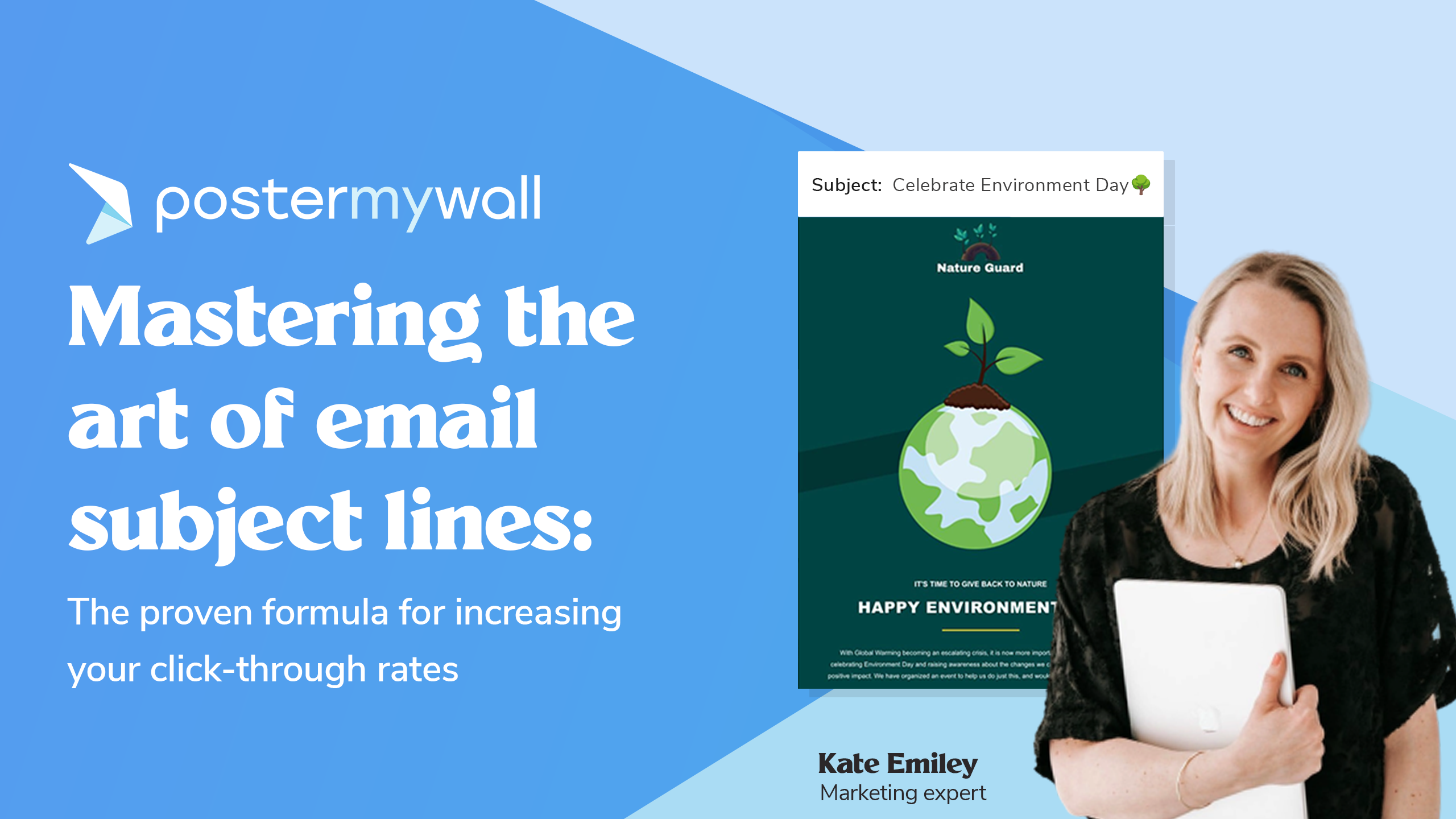If you’re not using email marketing in your business you’re missing out. Seriously.
Data says email marketing is one of the most effective ways to engage your audience and close sales. In fact, when compared to other forms of marketing — including social media and traditional advertising — email has a higher return on investment (ROI).
According to Hubspot, for every $1 spent on email marketing, the ROI can be as much as $42. That’s a whopping 4,200% return.

Of course, implementing an email marketing strategy is not something you’ll be able to pull off overnight. However, if you want to enjoy some of the success other brands enjoy with email, there’s one thing you can do now.
Start collecting email addresses and implement a welcome email sequence using our useful welcome email guide.
What’s a welcome email sequence?
A welcome email sequence is the first impression a subscriber will have of you once they sign up for your email list.
Whether you invite them to sign up for your newsletter, get a discount, try your product or download an offer, you want to ensure that you send your subscribers welcome emails. This will help them get acquainted with your brand.
These emails are usually automated, so subscribers receive the first one as soon as they sign up for your email list.
Why you need a welcome email sequence
When someone opts into your list, they’re usually looking for an email in response.
Whether it’s a discount code, a downloadable pdf, a webinar, or something else, they’re expecting you to acknowledge that they’ve signed up.
So don’t disappoint them.
A welcome email sequence is your brand’s first opportunity to connect with your audience in their inbox.
Welcome emails have an average open rate of 68.59%. That’s almost 4 times the average open rate of other types of emails.

Simply put — welcome emails are a great place to focus your efforts if you have limited resources and are just getting started with email marketing.
PS: If you’re not sure what to offer subscribers to get them to sign up for your email list, you can check out this article for 7 lead magnet ideas to grow your email list.
Should you send a single email or a sequence?
This wouldn’t be an effective welcome email guide if we didn’t cover this important question.
While the answer will depend on your audience, it’s a good idea to send a sequence instead of a single email.
A sequence will allow you to spread your message through multiple emails, without overwhelming subscribers with a single long email.
It will also allow your subscribers to get used to the idea of hearing from you on a regular basis.
Three to five emails is a good place to start. That will be enough emails to share your message and engage without overwhelming your subscribers. Just be sure to space them out.
What to include in your welcome email sequence
One of the hardest things about sending emails to your subscribers is figuring out what to say.
So of course, we have some welcome message examples to inspire you.
Tell them thank you
Sure, it sounds simple. But saying thanks and acknowledging your subscribers’ decision to sign up for your email list goes a long way.
Deliver what they signed up for
If a subscriber signs up to learn more about your event, don’t leave them hanging. Be sure to send a follow-up email with the information they’ve requested.
This also applies to discount coupons, pdf downloads, free trials, and other offers.
In the welcome email below, DoorDash makes sure to include the coupon code for 30% off at the very top of the email.
Tell them about your brand
Not everyone who signs up for your mailing list will know who you are.
Sometimes people find your website or landing page from social media, or from something that someone else shared.
Your welcome email sequence is a great opportunity to tell them about your brand. This is also the perfect time to tell subscribers how you can help them and why you’re qualified to do so.
In the email below, copywriter and coach Hillary Weiss opens her welcome email with an introduction. She talks about who she is and who she helps before sharing the free pdf download they signed up for.
Tell them what to expect
Use your welcome email sequence to tell your subscribers what they can expect from you.
Will you be sending out a weekly email newsletter? A monthly blog post roundup?
Occasional emails with special offers and discounts?
Whatever you plan to do, tell them up front so they know how often to expect emails from you and what to expect in those emails.
In the email below, software company Miro uses a simple visual timeline to tell users what topics they can expect to learn about in future emails.
Ask them to tell you about themselves
Surveys can give you additional insightful information about your subscribers.
When you’re crafting your welcome emails, consider including a short survey asking subscribers what they need help with. You may also ask them to reply to your email with questions or ideas for email content.
In the email example below, private carrier Aero asks subscribers to take a survey and offers an incentive for them to complete the survey.
Share resources or your best content
Remember my earlier point about your emails being a way to serve your audience? Use your welcome email sequence to share your best content or resources.
If you have a blog, consider sharing links to your most popular blog posts. If you have a Facebook group or some other community, share the link in your email so your subscribers can join.
At the end of the email below, podcast recording software company Riverside shares links to their blog, YouTube channel and knowledgebase. This information will help subscribers use the service and interact with their content.
Some general tips for your welcome email sequence
Now that you know what to include in your welcome emails and have examples to inspire you, we’ll round out our welcome email guide with some general tips to improve your results.
Make your subject line engaging
If your subject line isn’t engaging, no one is going to open your emails.
Try to keep it short, and use formulas like FOMO (fear of missing out) and curiosity to pique your reader’s interest.
Include preview text
Preview text is the short text that shows up immediately after your email subject line on desktop or below the subject line on mobile.
This is another opportunity to grab your subscriber’s attention and get them to open your email.

Use a from name your subscribers will recognize
Your ‘from name’ is the name that is displayed in your subscriber’s inbox. It’s also called the sender’s name.
If your subscriber’s inbox is crowded, a from name that they recognize can help encourage them to open your email.
Include a single CTA in each email
A CTA is a call to action. It’s the specific thing you want your email subscriber to do after they read your email.
Whatever that action, it will require your subscriber to click a link.
When faced with too many decisions, we often fail to choose. That’s why it is so important to have a single CTA in every single email.
The Duolingo welcome message example below has multiple CTA buttons, but they all have the same goal — to get subscribers to start their first lesson.
Don’t be afraid to design your emails
Depending on your industry, don’t be afraid to include stunning visuals to grab attention.
As you can see from the email examples above, great design can help make your emails more attention-grabbing. You can add design elements with images or an email header to make them more attractive.
With a wide range of email templates available and a robust Email Maker on PosterMyWall, you never have to start from scratch or worry about coming up with a creative design for your email.
Use our Email Marketing Platform to start designing your own welcome emails now. If you’re new, watch our quick tutorials on the Email Marketing Platform below:
Anna is a conversion copywriter and email marketing strategist at AFIWI Marketing.
She helps SaaS founders, e-commerce brands, coaches, and online service providers get more customers and increase sales using email marketing and copywriting.













